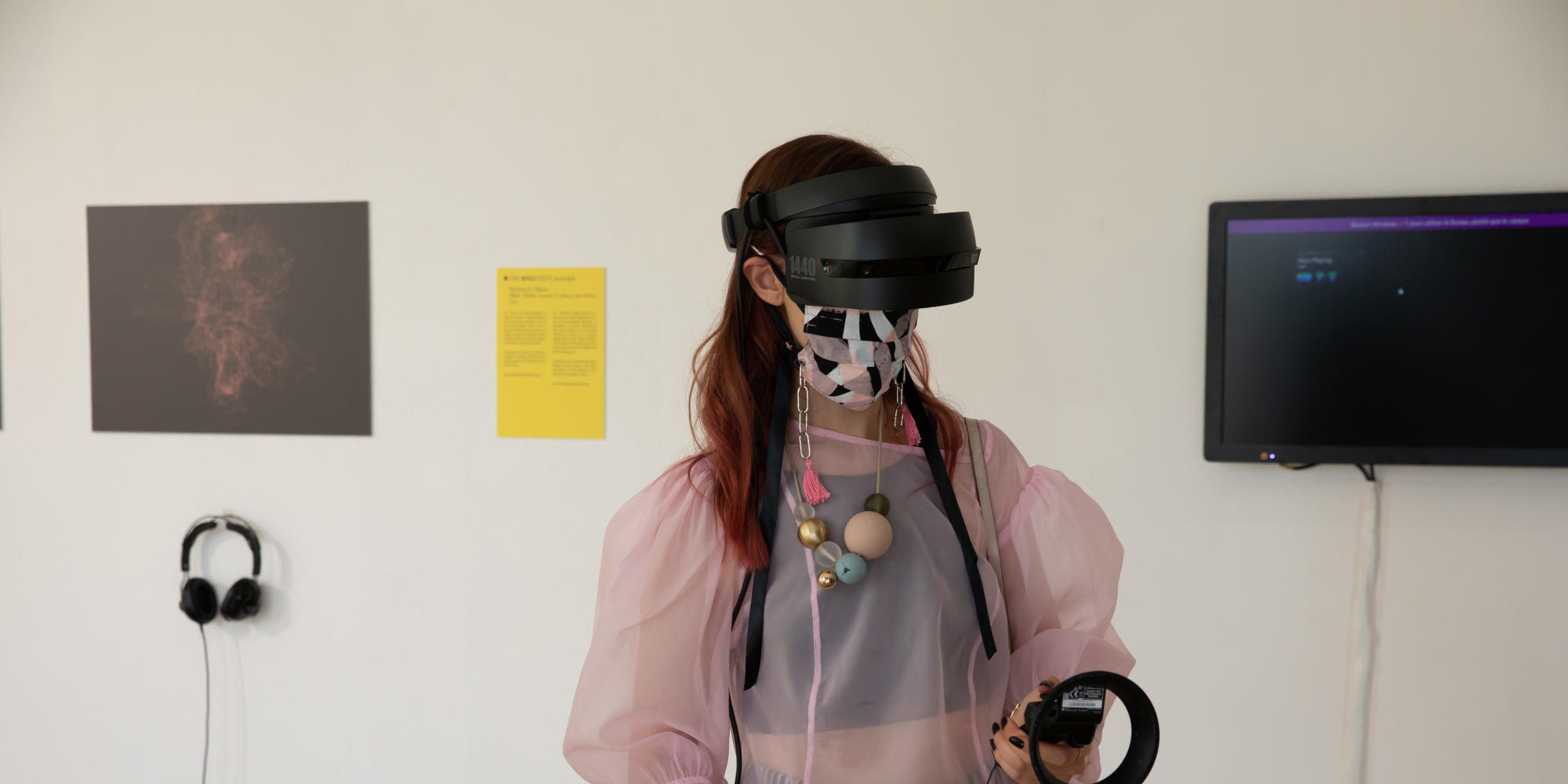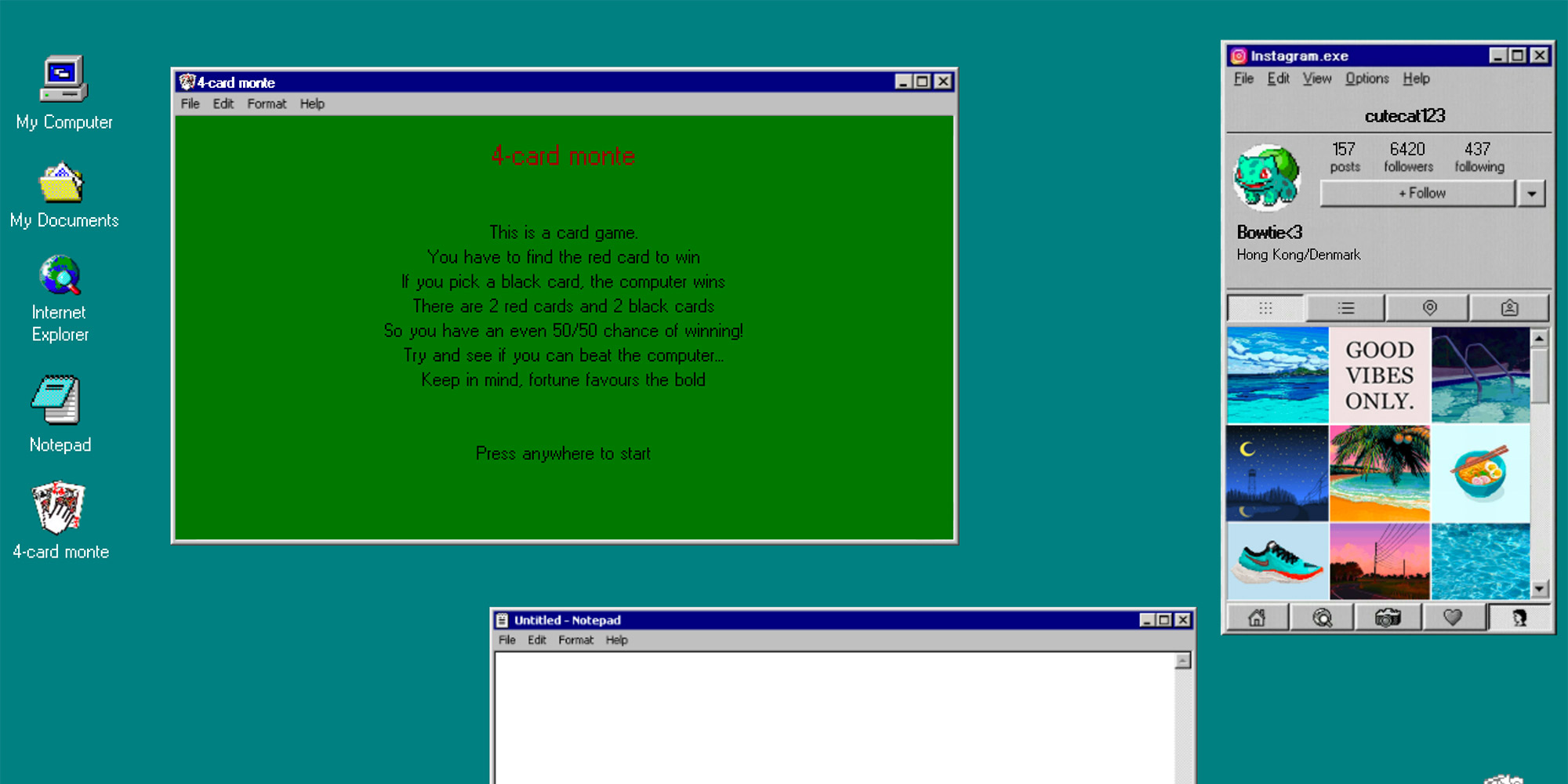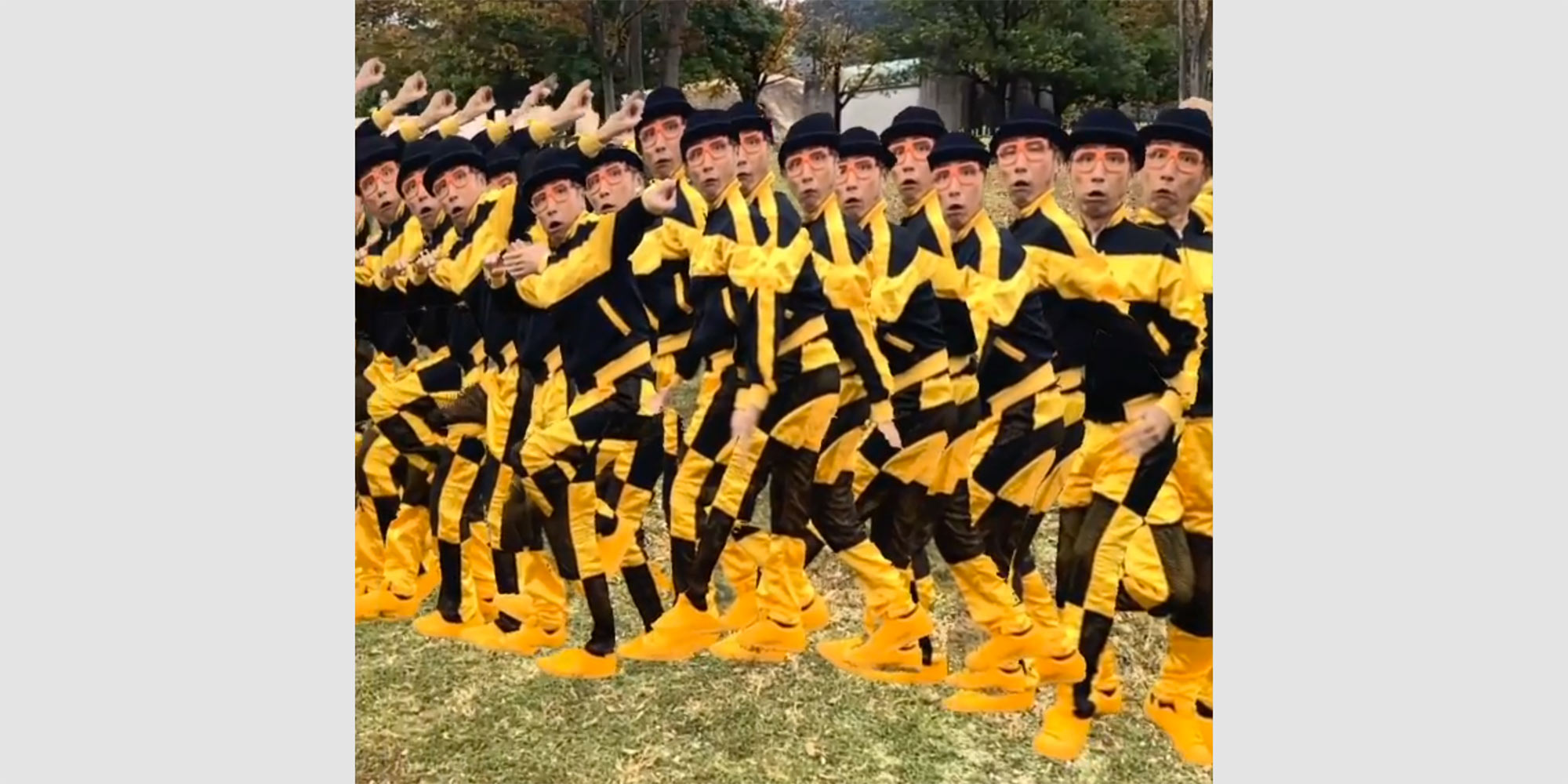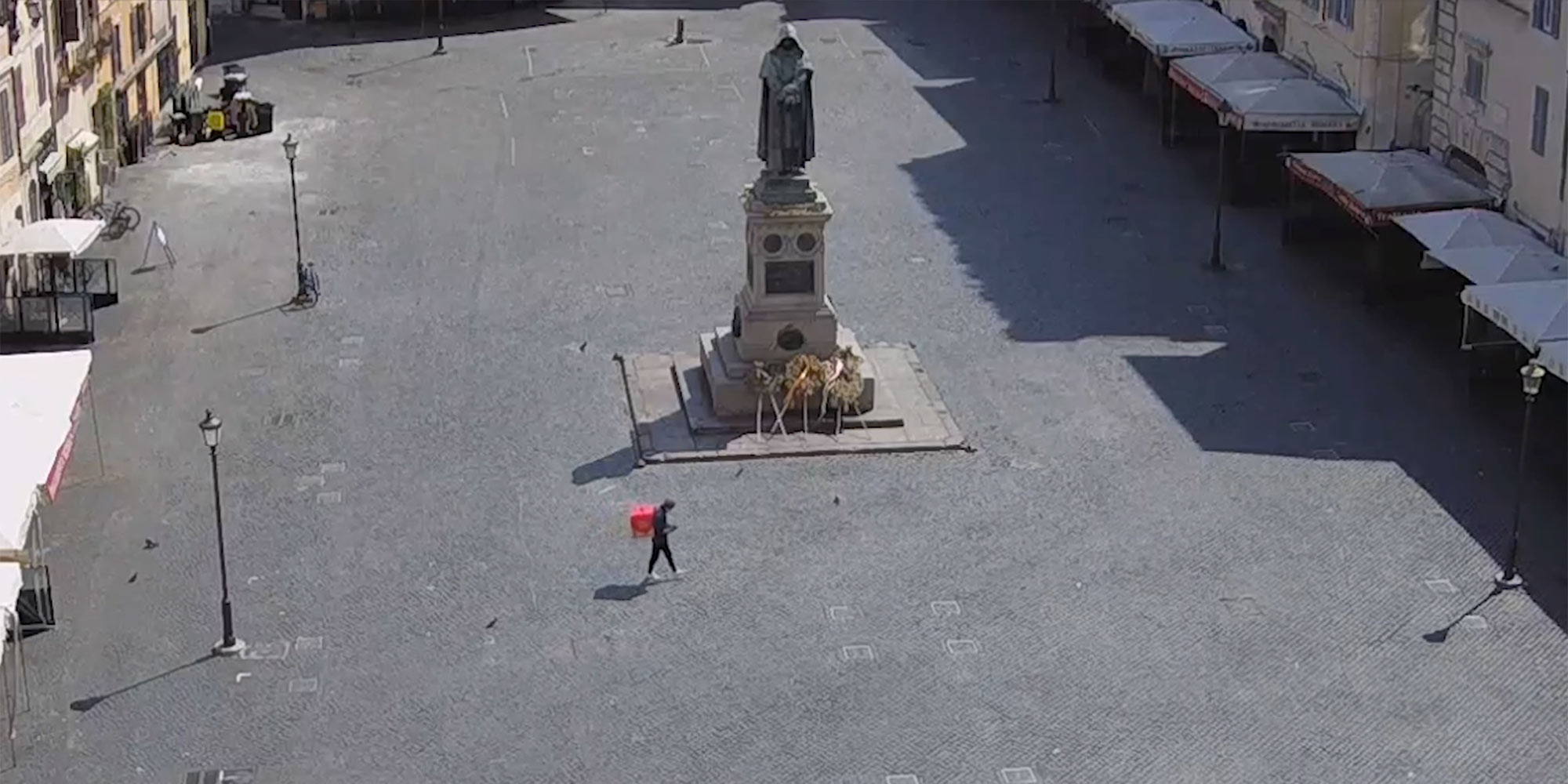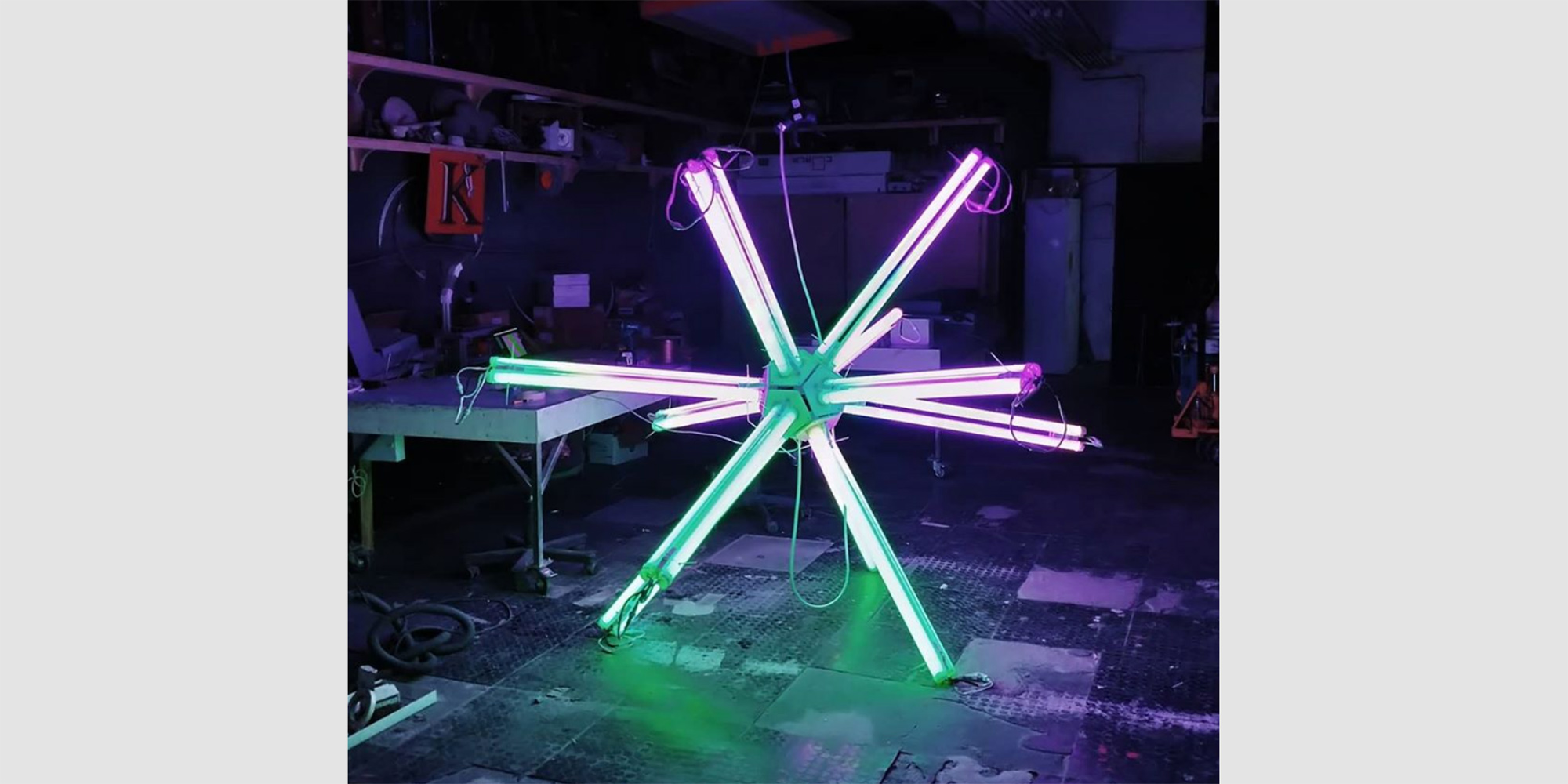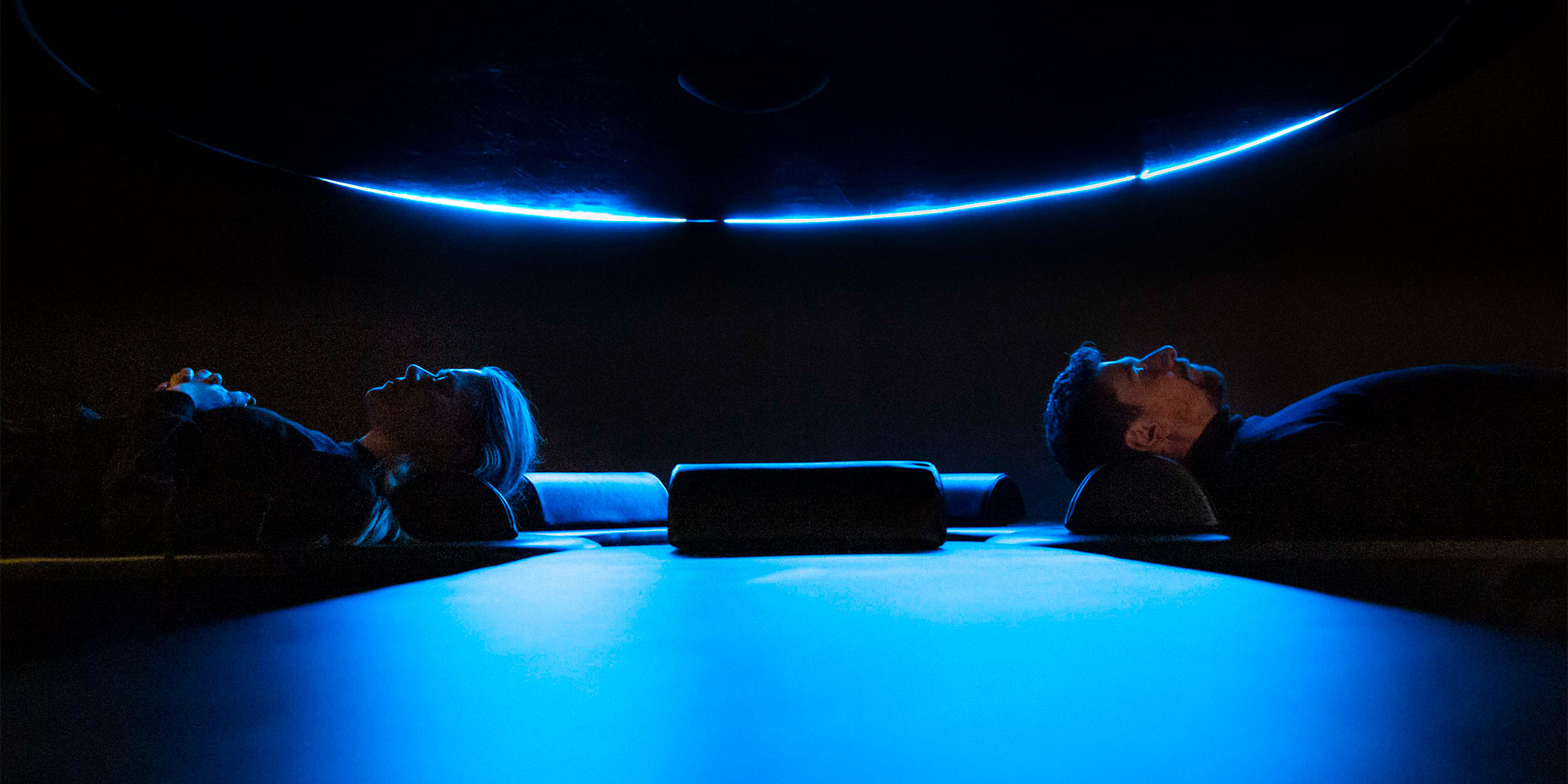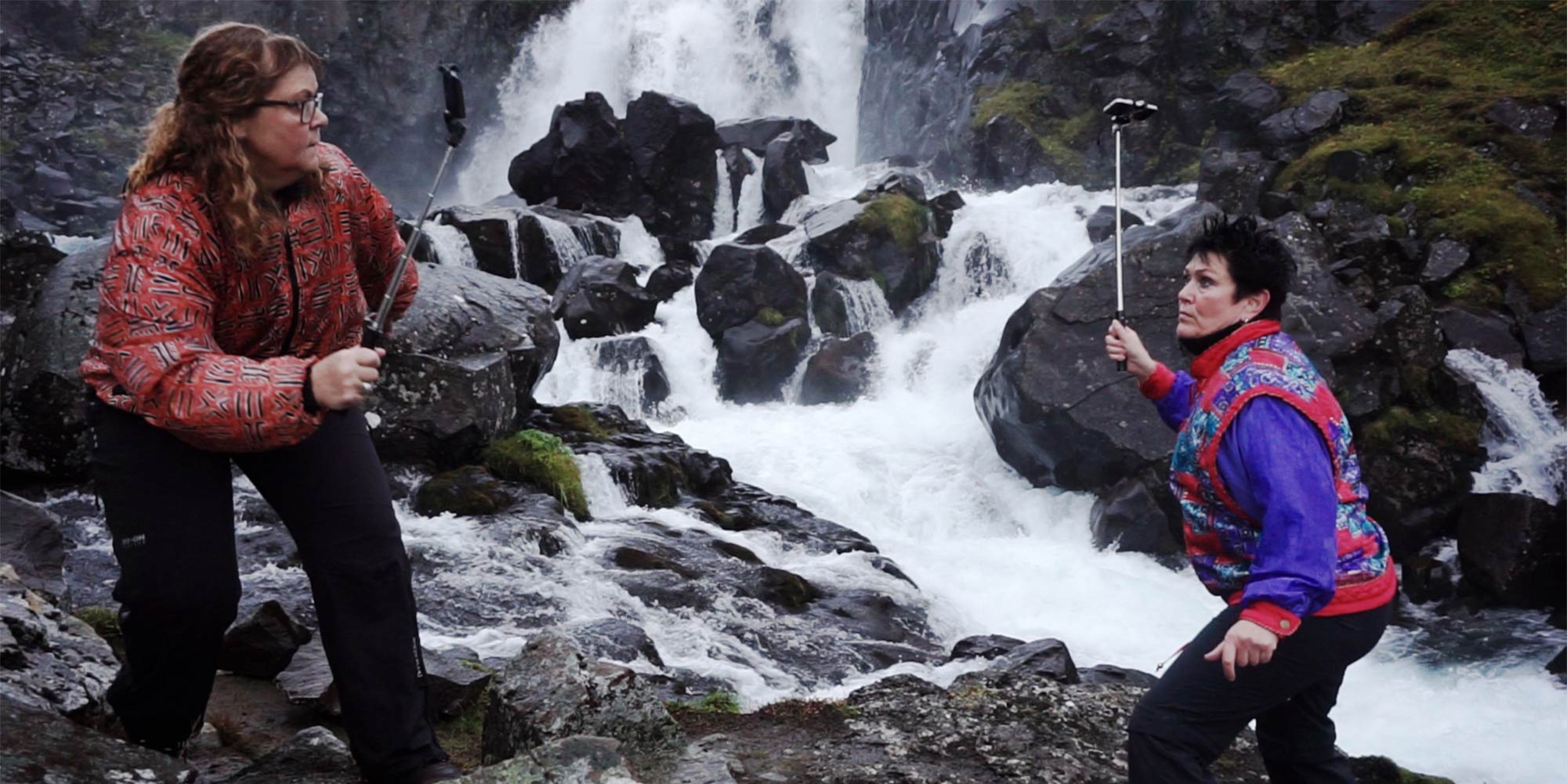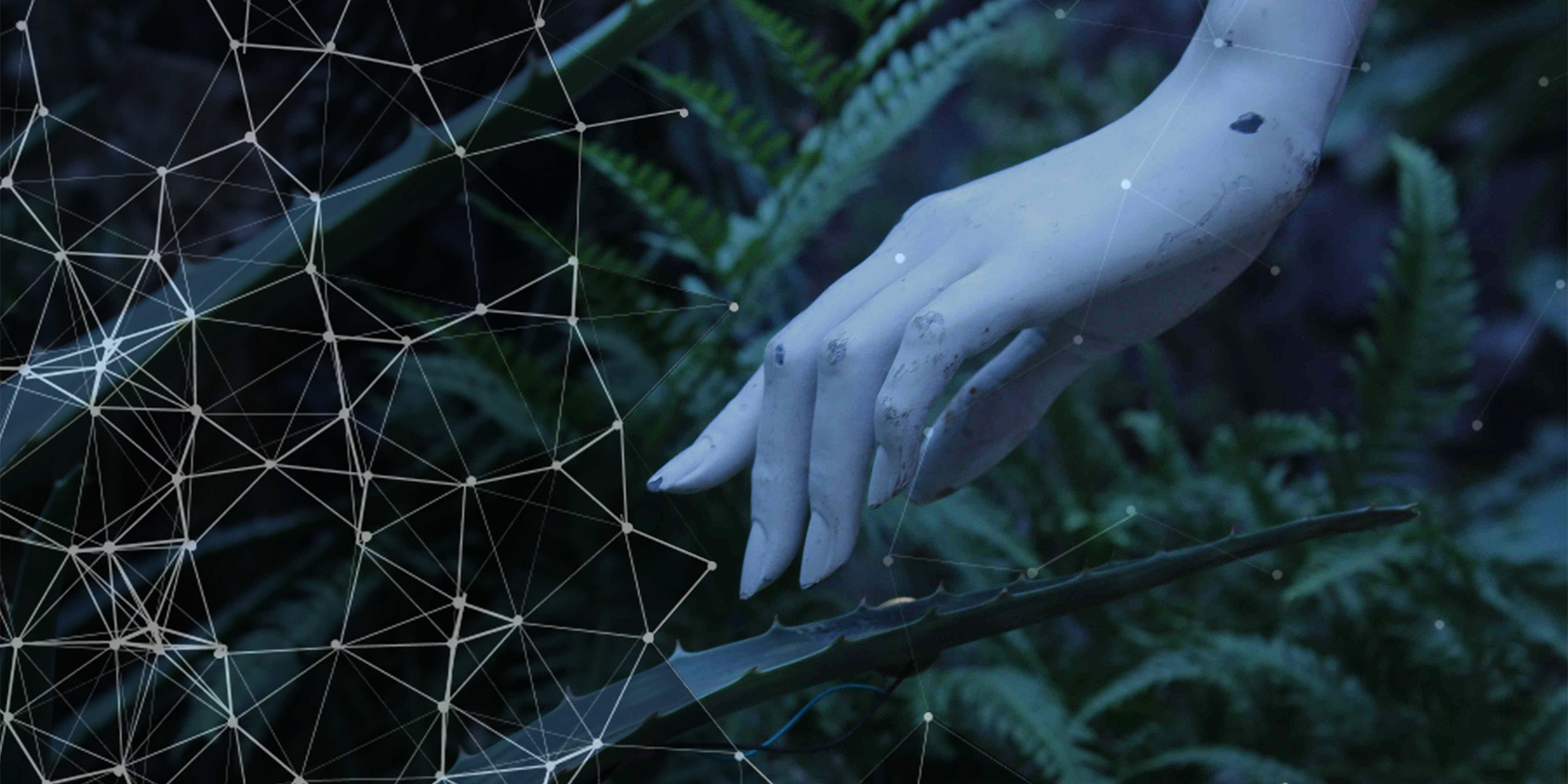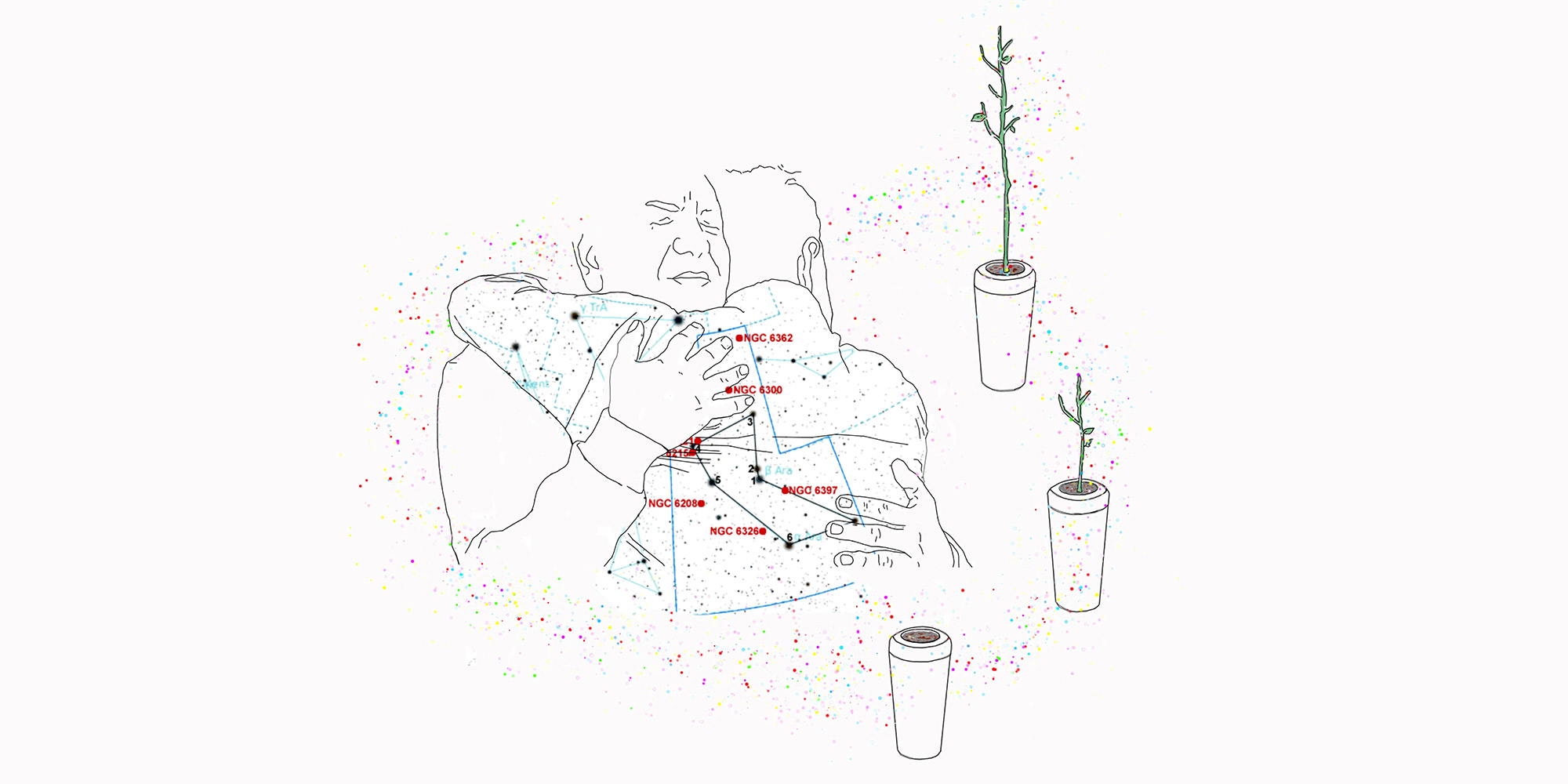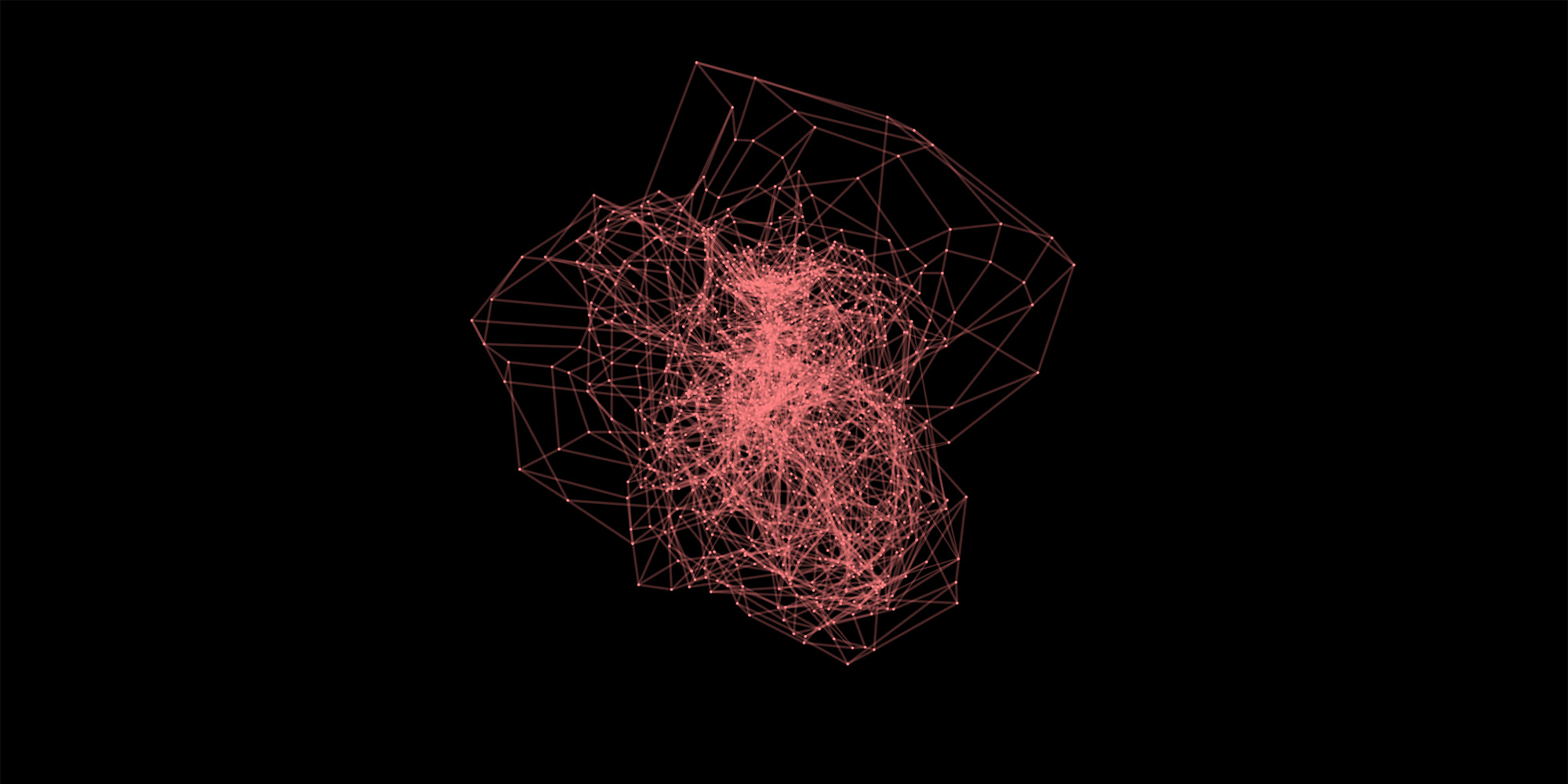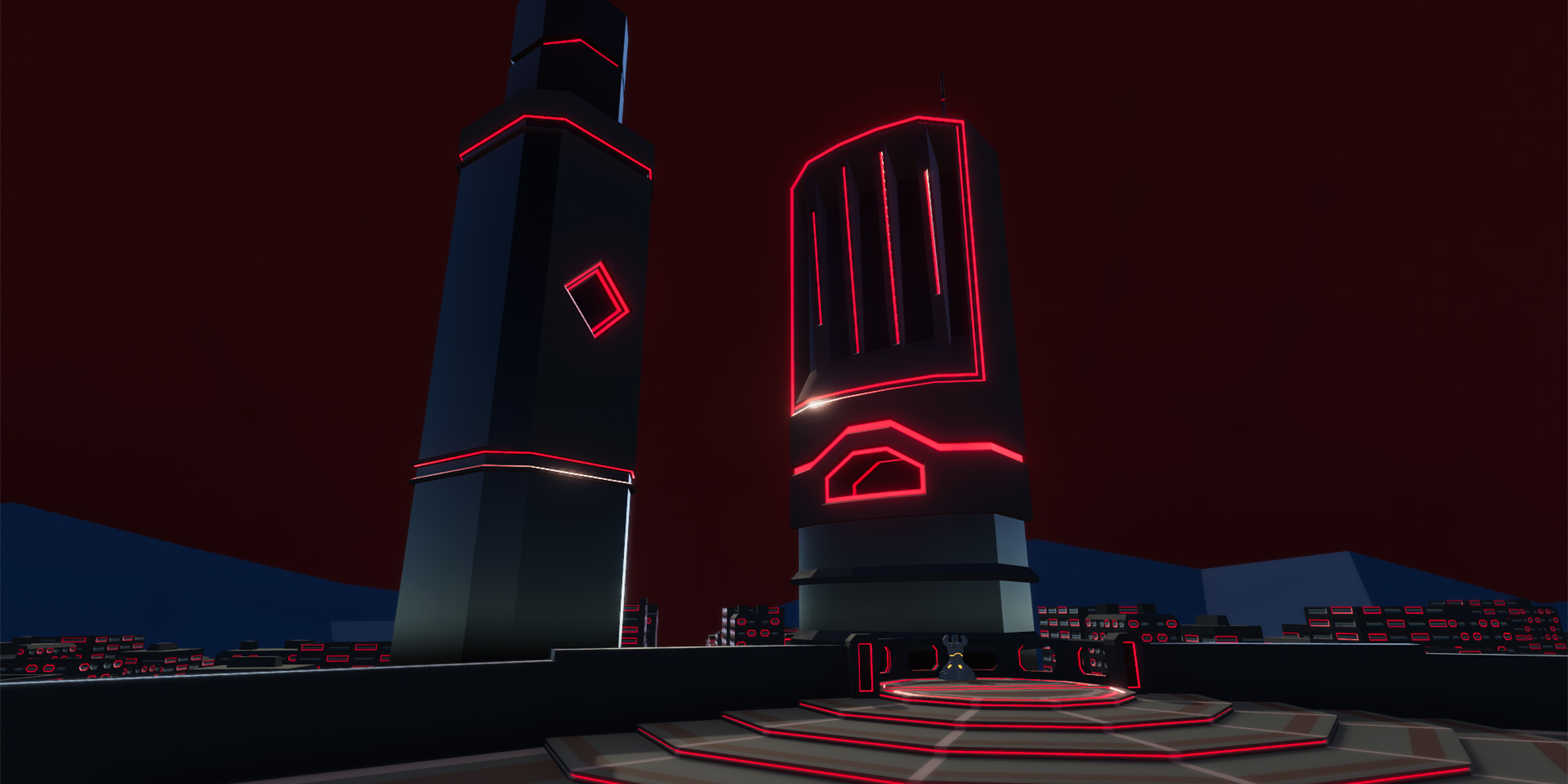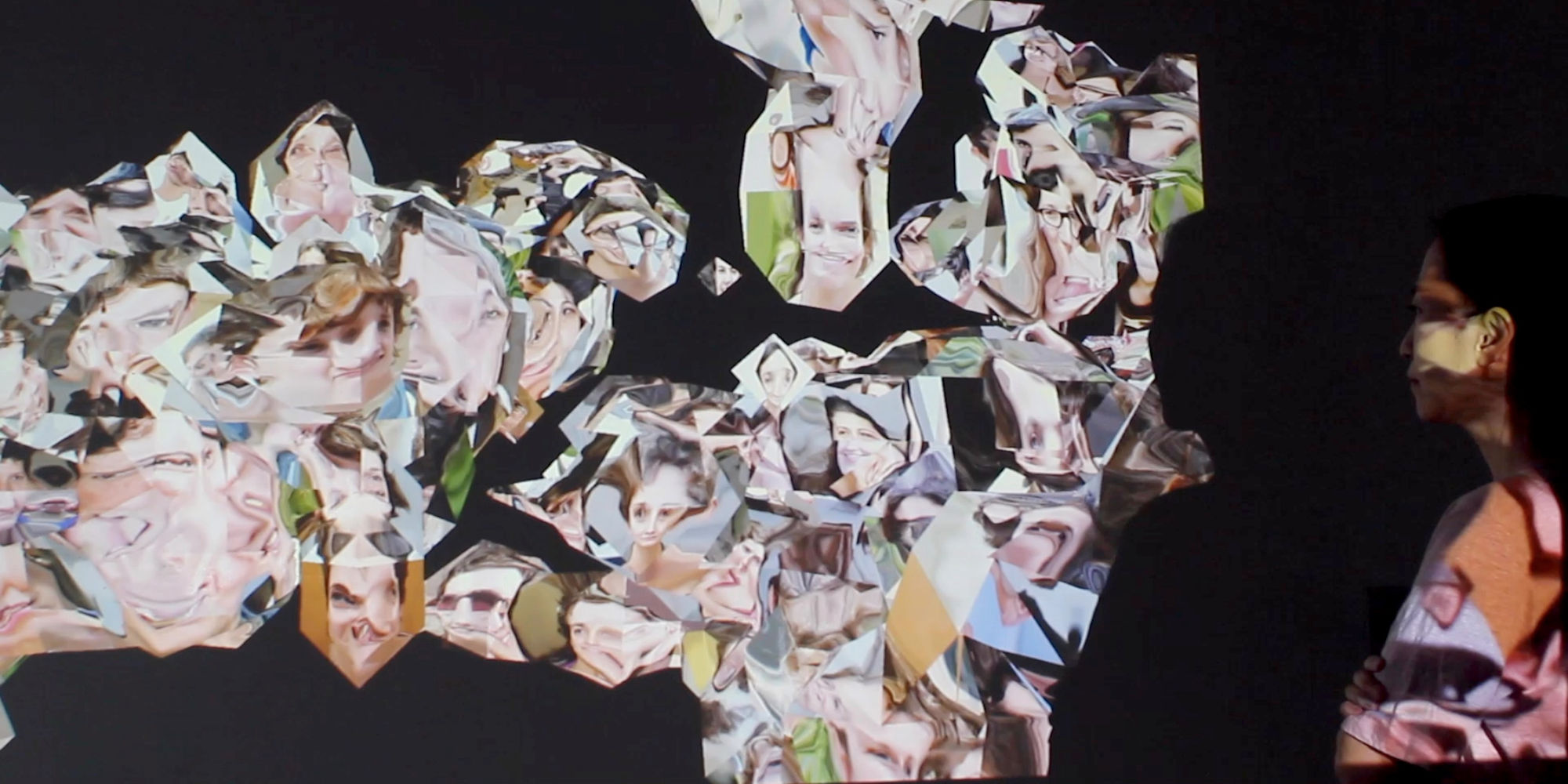The many events of the early months of 2020 have turned our world upside down. The Covid19-pandemic has profoundly changed the way in which we live, work and move. Many have and are still experiencing this time as one marked by uncertainty and precariousness. On the other hand, a world in flux also offers the possibility to question habits, and an opportunity for new beginnings.
The Wild State: Networked exhibition seeks to leave the state of uncertainty behind us by bringing some of the most recent and compelling contributions to the Hauptplatz in Linz. We are delighted to present works by Master and PhD-students touching on topics related to the truly “Wild State” we are currently in, and the natural processes related to it.
Project Credits / Acknowledgements
The exhibition is curated by Julia Nüßlein and Davide Bevilacqua.
Participating artists:
- University of Paris 8, Paris, France: Aurélien Duval, Laura Lassus-Pigat, Hyunah Jung, Vicky Michalopoulou, Juan Patricio di Bacco
- Politecnico di Milano, Milan, Italy: Giulio Interlandi, Gabriele Ragusa, Zi Yin Zhou, Xiaoman Bai, Carlo Leone Cattani, Marco Eugeni, Nicolò Masini, Eleonora Volpato
- IAMAS – Institute of Advanced Media Art and Sciences, Gifu, Japan: Macoto Morishita
- NOVA LINCS / Faculdade de Ciências e Tecnologia, Universidade NOVA de Lisboa, Lisboa, Portugal: Marco Heleno
- Trondheim Academy of Fine Art, Trondheim, Norway: Unnur Andrea Einarsdóttir, Mina Paasche
- Universitat Politècnica de València, Valencia, Spain: Natacha Cabellos, Noelia Medina
- NABA Nuova Accademia di Belle Arti, Milan, Italy: Emanuele Cantò, Gaia De Megni, Marco Antelmi
- Aarhus University, Aarhus, Denmark: Sophia McCulloch, Mads Lindgaard, Jonas Paaske
- Willem de Kooning Academy – Piet Zwart Institute, Experimental Publishing, Rotterdam, The Netherlands: Artemis Gryllaki, Rita Graça, Paloma García García
- University of California, Santa Barbara, USA: Sihwa Park, Mark Hirsch
- Aalto Media Lab, Aalto, Finnland: Konvolv & Kaappo Lähdesmäki / Lasismi, Bailey Polkinghorne
- National University of Theatre and Film “I.L. Caragiale” – CINETIC, Bukarest, Rumania: Sebastian Comanescu, Octavian Albu
- Masaryk University – Faculty of Arts: Black Box / Černá skříňka Project
Hamistagan
Konvolv (&Kaappo Lähdesmäki / Lasismi)
The interactive site-specific installation “Hamistagan” contemplates on sousveillance, attention economy, opacity and economical shift based on intellectual property. It was presented at FLASH Biennale 2019, located at The Suomenlinna sea fortress island, Helsinki Finland, best known for its history connected to the wartimes. Today, it serves as a platform for tourists and creatives to have their picnics, artist residency and yet, it still runs functioning jail facilities.
Hamistagan elaborates current forms of oppression in the information age. It consists of real-time data scraping from Instagram posts of the festival, including posts by the audience, – to illustrate the dialogues between now and then. In our contemporary society, surveillance is executed by our own mobile devices. Through intuitive user flow to the explicit metadata(EXIF) gives us away. Meanwhile Google with the help of AI and machine learning in collaboration with our half-manual labor are enabled to map out the images of the locations below, such as the underground fortress.
Hamistagan discusses the forms of freedom (vs. privacy), whatever connotated to such as MyData and digital human rights, – all these issues rising as crucial topics of the discourse at and as the post-pandemic aftermath.
Organically Sourced Sound
б е л к а (Aalto Media Lab, Aalto, Finland)
An exploration into the relationship between nature and composer.
This installation aims to convey the struggle of the composer trying desperately to cram aspects of nature into a creative output when the use of modern technology is working so strongly against it. This will hopefully provide insight into why people like having houseplants, how people interact with them and how our attitudes toward plants can be refined.
Card Monte
Sophia McCulloch, Mads Lindgaard, Jonas Paaske
Card Monte is an interactive project that finds its aesthetics from the Windows 98 desktop where three windows are open: a game, Instagram, and the Notepad. The participants are invited to play the game. The goal is to locate one of the two red cards out of four cards that face-down. If the participant locates a red card, he/she wins that round and moves on to the next. If not, he/she loses. The first screen in the game is a set of instructions for the participant to follow, where it is stated that the chance for a round to win is 50/50. But then, something (or someone) takes over the control of the desktop, as posts, followers, and followings start to disappear from the Instagram window, the cursor moves without interaction from the participant, and messages appear in the Notepad as if something (or someone) is writing.
ARama!
Macoto Morishita (IAMAS – Institute of Advanced Media Art and Sciences Japan)
Play in an augmented reality space using ARama! to transport yourself and your friends there as virtual objects! ARama! , an AR-camera application, enables the visitor to instantly generate augmented reality virtual objects modeled after them and their friends. They can reposition the objects wherever they want and enjoy creating funny compositions in the augmented reality space, as well as capture the scene and share it with their friends. It is also possible to edit the objects’ movement, number, and appearance to enjoy detailed editing; or, alternatively, create interesting scenes with a single tap by utilizing a number of AR-effect-presets. With those presets, for example, an after-image of oneself skipping through space can be saved, or one can dance with themselves from a few seconds earlier.
So, ARama! provides a playground free from the laws of the real world to augment creativity. As the visitor plays there, they may discover new interactions between their body and the place they are in, and the innovative content may create a new, never-before-seen communication between friends.
Black Box / Černá skříňka
Vojtěch Kundrát, Tomáš Moravanský, Polina Davydenko, Ondřej Homola, Markéta Filipová, Ladislav Mirvald, Juliana Höschlová, Johana Merta, Oliver Staša, Alina Matějová (Masaryk University Brno – Faculty of Arts), (CZE)
A new archivist arrived in the city! Visuality of coronavirus pandemic as seen from non-human perspective of AI curator. The Black Box project was started during the coronavirus pandemic. It combines three approaches to problems that have arisen during it. FIrstly, contemporary art and artists have found themselves in a situation of existential threat since many countries have announced lockdown and everyday life has been reduced to the very basic imperatives of staying healthy and surviving. With the Black Box project, young artists were encouraged to conduct artistic research of their individual situation during the Covid-19 pandemic.
Next, the time of closed galleries have made it necessary to rethink online exhibitions and communication. Instead of just simulating a gallery space or exhibition catalogue online, this project seeks to bring new organizational principles into the way the artworks are presented, using the potential of interactivity.
And lastly, Black Box is here to rid the quarantine from the kitschy pathos of collective sentiments. The results of the artistic researches, artworks and non-artistic visual material alike, were passed on to an AI-curator that provides us, the visitors, with its very own an-aesthetic interpretation of the collective experience.
I Stop Here (Io mi fermo qui)
Emanuele Cantò (NABA Nuova Accademia di Belle Arti Milano)
A single figure with a huge red backpack is the guide among the architecture of the desolate eternal city. Set in Rome during the Italian lockdown I stop here was born from the need to witness the period through the key figure of the delivery worker. The exploration of these empty places takes place through the use of online webcams, combining the observation on the monuments and the history of the city with a reflection on the idea of isolation.
Nothing is Known, Everything is Imagined (Nulla si sa, tutto si immagina.)
Gaia De Megni (NABA Nuova Accademia di Belle Arti Milano)
Quoting Federico Fellini in his latest film The Voice of the Moon, the work breaks down and reassembles cinematographic elements. The sculptures come to life by projecting a film where the protagonist is the sea. The two cubes represent the attempt to originate a solidification of the moving images with the aim of being able to stop their intangibility.
The subtitle engraved on the marble surfaces shows the quote: Nothing is known, everything is imagined, with the intent to reflect on the reality that surrounds us and on the human being’s ability to be able to decode the fictional degree within the contents proposed from the media. A reflection on the uncertainty of existence in a century where images are everywhere, creating a detachment from reality through the use of post production and increasingly unattainable aesthetic canons.
Teorie di Topi cycle
Marco Antelmi (NABA Nuova Accademia di Belle Arti Milano)
Teorie di topi cycle is a documentary work that reasons about the connection between internet infrastructure and surveillance capitalism. It is presented as a vertical format three channel video about digital memory that analyzes political, economical and social effects of cloud computing and data centers.
The idea took form from a simple question about social media like Instagram that uses stories as a form of storytelling, fast and light contents that live only for 24 hours: scrolling between two stories, an undefined black space can be seen in the background. Is this an unexplored virtual space? What does it contain? Teorie di topi cycle is made as a prism totem. Each screen gives voice to an interviewed person: a UI designer, an IT engineer that works as cloud architect, and a criminal lawyer that defended migrants for their protests in the CPR of Milan (Permanent Repatriation Center for migrants). Their faces are always censored by an Instagram filter mask (made in collaboration with designer Hongwei Tang, from the department of Graphic Design & Photography of Kunstuniversität Linz).
Quantum Polytopes
Sebastian Comanescu (National University of Theatre and Film Bucharest “I.L. Caragiale” – CINETIC)
Quantum Polythopes hints at the overall shape that man’s presence takes in the universe. The object is a trans-scalar representation of a tessellation that may no or may not be the underlying structure of physical space. In terms of interaction it assumes scale based on the viewers belief. Depending on this rapport it can be perceived either as a microstructure enlarged to a ridiculous proportion or an enormous event contained in an insufficient device.
In the end, the installation is as much about the object as it is about the individuals that interact with it. Does human activity crystallize in arrangements that are larger than life or is this endeavour, despite its achievements, an interesting but overseeable arrangement on a remote celestial body?
The darknet spa
Unnur Andrea Einartsdottir (Trondheim Academy of Fine Arts)
The Darknet Spa is an immersive sound installation that focuses on the topic of anonymous internet browsing through what is called the Darknet or Dark Web. The Dark Web is that part of the internet that operates outside the fringes of digital society, a lawless, virtual land where you are free to roam without government regulation or corporate intervention. The terms ‘surface web’, ‘deep web’ and ‘dark web are often used to illustrate the “geographics” of the internet and to explain the different levels of accessibility and encryption.
Freud ́s model of the human mind categorises three levels of consciousness: the conscious, subconscious and unconscious. The Darknet Spa offers the audience to delve into the unconscious of our digital hive- mind, offering a glimpse into the darker sides of our collective psyche. The artwork investigates the responsibility we place on our technologies and how they ultimately function as a mirror that reflects back to us the broken parts of our society. Simultaneously the work underlines the gap between our physical and digital experiences, incorporating the viewer’s body into the Darknet as a materialized physical space.
The selfie stick battle
Unnur Andrea Einartsdottir (Trondheim Academy of Fine Arts)
The Selfie Stick Battle shows two women fighting in front of a waterfall with selfie sticks which they use as a sword or a weapon to actively hurt and push each other out of the way. The selfie stick has become one of the key tools in personal branding, a vital weapon to control and or create your online image or persona. It symbolizes the methods and efforts we go through in fiercely creating our online identity. The video talks about the accepted online individual narcissism, they are fighting for a space for the ego.
A Bundle of Echoes
Mina Paasche (Trondheim Academy of Fine Arts)
Video diary from Shillong, India – where you meet three visually impaired persons that practice echolocation, so they can navigate in various environments with sound and see with the use of their ears and their hands. The project sees blindness not as a disability but as a different set of capabilities in experiencing and being in the world, a mode of being that is different from the visual. Following Diderot’s view that “sight is the most superficial of the senses”, Thomas Tajo believes that blindness allows him to experience and interact with the world much more closely and intimately than the sense of sight might do. The project sees the inability and incapacity that is associated with blindness (the cultural and scientific definition of disability) as a social construction and therefore does not think of blindness as a disability.
The artists protagonists conquer a new and unknown wild territory, being the first visually impaired hiking through the jungle, crossing the living three root bridges and climbing the famous three huts in Meghalaya. They are wandering both physically and mentally through a wild and rough environment, breaking norms and stigma about how you should behave as a person with sight variations.
Affection laboratory for a migrant plant
Natacha Cabellos (Universitat Politècnica de València)
This project is part of a recent research focused on the migration of nature, such as animals, plants, fungi and all natural elements that migrate from one territory to another, a silent migration forced by the direct and indirect consequences of the development of man and his technological advance.
Affection laboratory for a migrant plant reflects on the migration of Latin American plants, that are sacred for native people, to inhospitable territories for their growth, as well as their adaptation and resistance processes.
Through an interaction between a machine and a natural object, this project seeks to return the wild memory of plants at a symbolic and poetic level when they are caressed, as a gesture that appeals to the memory of nature, to its free and untamed state. In this way, the human being is stripped of this relationship opening the way to a new form of communication: the intensity of the caress of the robotic hand is captured by a capacitive sensor of the plant that organically modifies a pattern of generative particles, creating random shapes that never repeat.
A ᴙ A
Noelia Medina (Universitat Politècnica de València)
This project proposes the creation of a wearable that helps us in grieving situations. Taking as reference the funeral rites in which the remains of loved ones are preserved in urns next to seeds or tree cuttings, we propose the realization of an interactive system in which the irrigation of water necessary for the growth of this new tree is only possible through the affection and dearness of others. This interaction is possible thanks to the operation of the system: capacitive sensors located on the back of the garment are wirelessly connected to a sensitive urn in which a water pump is responsible for providing irrigation to these seeds. Due to the place that the sensors occupy in the garment, they are only accessible through the haptic stimulation of a third person, either by means of a caress or a hug.
In this way, the life that could blossom from the remains of our loved ones is only possible through the search for communication and affection in others. Through this project, we aim to make visible the relevance of the relationship between care, emotional ties and affective technology in situations of deep emotional crisis such as the mourning situation.
Portrait of a Nation
Mark Hirsch (University of California, Santa Barbara)
portrait of nation highlights the voices of protest in a humble attempt to support and stand in solidarity with the anit-racist movement. These voices, recorded June 2020 during protests in Los Angeles, energize the figurative network of the visualization and the literal network of the Black Lives Matter movement.
Still images from portrait of a nation are available for purchase with 100% of proceeds donated to SURJ (Showing Up for Racial Justice): https://www.showingupforracialjustice.org/
TransparentPerceptron
Marco Heleno (NOVA LINCS / Faculdade de Ciências e Tecnologia, Universidade NOVA de Lisboa, Lisboa, Portugal)
Artificial Neural Networks are one of the most used subsets of Machine Learning systems. They are inspired by the neural structure of the biological brain and consist of a series of layered and interconnected Artificial Neurons — Perceptrons. As Artificial Neural Networks grow deeper, their number of layers increase, as can happen in the number of Perceptrons per layer. This increases the number of decision iterations, developing an iterative complexity in the decision-making process and turning these systems into black boxes. The illustrations of the inner workings of these systems, coming from the scientific community, also lack explainability and connection with the non-specialist observer.
TransparentPerceptron is an algorithmic data-driven visualization that reveals the accumulated decision iterations of the most elementary system of an Artificial Neural Network: a Perceptron. The single data point and the goal to be achieved are both generated randomly at the startup of this simplified system. Each iteration is less blurred as it approaches the system’s goal.
Light
Aurélien Duval (University of Paris 8)
Light is an artistic Virtual Reality experience aiming to get you out of the state of being oppressed to a calmer and relieved mood. It was made in three weeks during the 2020 pandemic lockdown in the context of the ATI Masters degree at University Paris 8 in France. You begin the experience in a grim, dark and disturbing world divided into several areas separated by force fields. You have to find light spheres and bring them to pedestals hidden in each zone in order to break the force fields and transform the world. The aspect of trees, buildings and urban elements start to change and take on a more “good-natured” aesthetic. Your mission is to turn the city back to a brighter, relaxing or peaceful place in search of the bright blue sky.
sharky shARky
Laura Lassus-Pigat, Hyunah Jung (University of Paris 8)
Life under the sea is very different from life on land. For this reason, a lot of people find this unusual world intriguing, beautiful, even relaxing. Since it is not easy to see it for real, especially now, we intended to bring this world in ours, giving liberty to explore it from anywhere we are. Starting from this idea, sharky shARky is an Augmented Reality experience that immerses the users into an interactive aquatic environment.
Moving the tablet allows detecting surfaces around the user and gradually fills them up with aquatic fauna and flora in accordance with surroundings. Users can observe schools of fish, turtles, and sharks whose movements affect each other. Touching the screen adds seashells and sea urchins around. Paper fish images on the walls allow the users to bring new fishes out which join the school. The application uses body tracking to generate bubbles in the virtual aquatic world from real humans filmed with the camera. The distortion effect on the camera results in blurring the boundaries between real and virtual elements in order to enhance the user immersion in the AR experience.
Untitled
Xiaoman Bai, Gabriele Ragusa, Zi Yin Zhou (Politecnico di Milano, Italy)
Untitled is a project inspired by Donald Judd’s theory of art. It consists of a wooden cube gazebo with two seats and a table that invite passersby to sit on them. The distance between the elements perfectly meets the current requirements of distancing due to the Covid-19 pandemic. The environment reflects the intentions defined by Donald Judd in the last part of his artistic life, especially with the essay ‘Specific Objects’, in which he describes his concept of space as something to invent, a completely malleable creative element. Following the situation nowadays, the project revolves around the theme of social distancing in public spaces, such as parks. The space is a module which can be repeated throughout the green areas of any city, but with a certain order that respects the philosophy of the artists on how to the position the elements.
Course of Arts and Languages of the Present; Professor: Luca Guerrini; Assistant: Antonio Aiello; Academic Year 2019/2020; UNTITLED gazebo was built thanks to financial support of: Politecnico di Milano, University of Art and Design Linz
Feltre
Xiaoman Bai, Carlo Leone Cattani, Marco Eugeni, Nicolò Masini, Eleonora Volpato (Politecnico di Milano, Italy)
Feltre seeks to connect generations and enhance social interactions between the inhabitants of the district through a series of games painted on the ground, following Bruno Munari’s mantra: “Let’s make everybody play!”. It invites children, parents, couples, teens and elderly alike to engage in a playful experience. Additionally, the project proposes seating, a relaxing area, and a social area. In order to respond to the current situation caused by Covid-19, all the games and furnitures were redesigned to encourage social distancing, e.g. by implementing a pattern of squares and lines of one metre width.
Feltre was proposed to the “Piazze Aperte” initiative of the Municipality of Milan, an urban regeneration project based on the principles of Tactical Urbanism.
professors: Davide Fassi, Anna Meroni; tutors: Martina Mazzarello, Francesco Vergani; Living Streets Lab
Uncertain Facing
Sihwa Park
Uncertain Facing is a data-driven, interactive audiovisual installation that aims to represent the uncertainty of data points of which their positions in 3D space are estimated by machine learning (ML) techniques. Uncertain Facing visualizes the real-time clustering of fake faces in 3D space through t-SNE, a non-linear dimensionality reduction technique, with face embeddings of the faces. However, unlike the original purpose of t-SNE that is for objective data exploration, it represents data points as metaballs making two or more faces a merged face when they are close, to reflect the uncertain, probabilistic nature of data locations the algorithm yields. Uncertain Facing also sonifies the change of the overall data distribution in 3D space. Uncertain Facing allows the audience to take a picture of their face as new data and to find their face being merged with similar fake faces, raising concerns about the unintended use of ML with synthetic/fake data.
